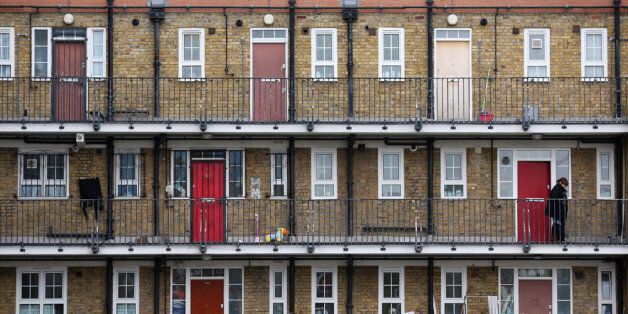
Some of the most disadvantaged and vulnerable people are losing their lives in Britain because of the link between levels of deprivation and suicidal behaviour, says our new report Dying from Inequality. Whilst the causes of suicide are complex, and individual deaths can rarely be attributed to one particular factor, we do know that the economic circumstances of individuals, communities and wider society is a major influencing factor in the overall rate of suicide.
At the time when the credit crunch began in 2007, suicide rates had been in gradual decline since the end of the 1980s. But from 2008, as rises in unemployment, debt, bankruptcies, housing repossessions and the general costs of living impact across England, they started rising again.
Many hundreds of additional deaths by suicide have followed, devastating loved ones and communities. It is clear from the research in Dying from Inequality that this was no coincidence. Individuals experiencing disadvantage during times of economic crisis or uncertainty, most notably men in mid-life, are at increased risk of suicide.
While economic growth has returned, unemployment has come down significantly since the recession and inflation has been low over the last couple of years, the suicide rate has not yet come back down and there are some worrying longer-term trends that impact on people experiencing socioeconomic disadvantage.
Historically low interest rates may have eased money worries for many people with mortgages, but those who are locked out of the housing market in an ever growing private rental sector face increases in housing costs that outstrip earnings growth in some parts of the country, while the availability of social housing has been inadequate for many years.
Increasing numbers of people have no long-term security and the opportunities of obtaining a secure place to live for them and their families in the future can seem too limited for many.
That feeling of insecurity can be all pervasive. Increases in the number of agency workers, people in self-employment and those in short-term/zero hour contracts reflect the flexibility demanded by many parts of today's labour market and may suit some workers. But that sort of flexibility does not apply to the household bills and day-to-day costs of living that people face and the lack of a reliable, regular wage can be a constant worry for some.
Changes to tax credits and other benefits can add to this and, for those outside the labour market altogether, re-assessments on benefit entitlements can be a cause of anxiety, particularly when it is someone's only source of income.
Prospects for the next few years show little in the way of improvement. The Resolution Foundation recently predicted the biggest rise in inequality since the 1980s over the next four years with the 'after housing costs' incomes of people in the bottom half of the income scale set to fall significantly while those in the top half can expect their incomes to grow.
Given what we know about the knock-on effect of deprivation and inequality on the rates of suicide this is an extremely concerning forecast. In Budget week we need decision makers to recognise that the government's efforts on suicide prevention cannot be treated as a completely separate area from the choices that are made on economic, social and labour market policies - they are inextricably linked.
Dominic O'Brien is a policy manager at Samaritans. To read more about Dying from Inequality, visit the Samaritans website here